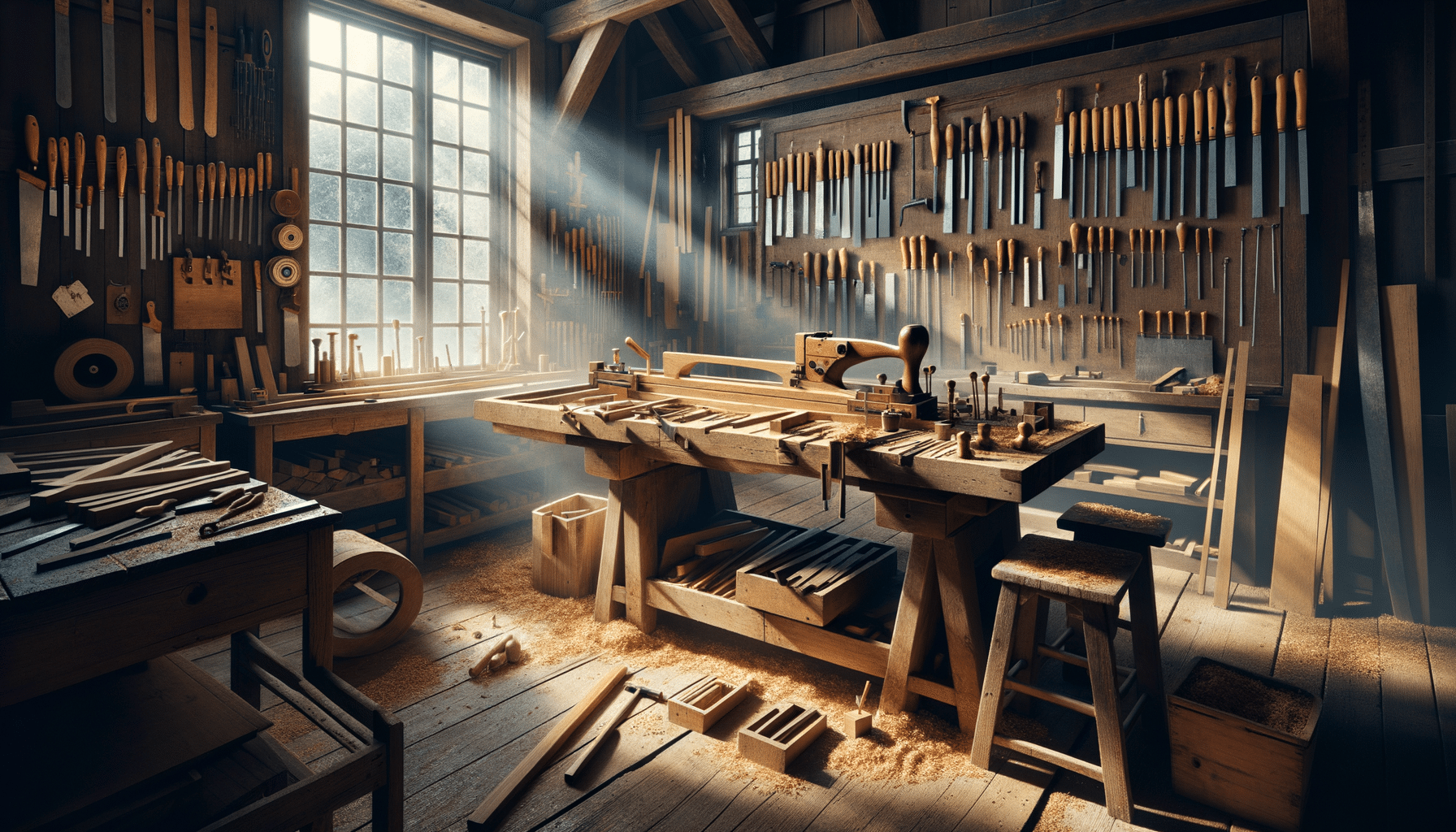
Exploring the Art and Craft of Carpentry
Introduction to Carpentry
Carpentry is a craft that dates back thousands of years, ingrained in the history of human civilization. It involves the creation, repair, and installation of wooden structures and furnishings. This art form is not only about cutting and joining wood but also about understanding the material’s nature to bring out its beauty and functionality. From building homes to crafting furniture, carpentry plays a crucial role in both residential and commercial settings. It is a field that requires a combination of technical skills, creativity, and a deep understanding of materials. The relevance of carpentry today is evident in its continued demand across various industries, as it remains integral to the construction and design sectors.
Tools and Techniques
Carpentry requires a diverse set of tools, each serving a specific purpose. Essential tools include saws, hammers, chisels, and measuring devices, while power tools like drills and sanders enhance efficiency. Understanding the proper use of these tools is fundamental to mastering carpentry. Techniques in carpentry range from basic cuts and joints to complex wood carving. Traditional methods, such as mortise and tenon joints, are still favored for their strength and aesthetics. Modern techniques, however, incorporate advanced power tools and materials, allowing for precision and speed. The balance between traditional craftsmanship and modern technology defines the uniqueness of carpentry today.
Types of Carpentry
Carpentry is divided into several specializations, each focusing on different aspects of the craft. Rough carpentry deals with the structural elements of buildings, such as framing and roofing. Finish carpentry, on the other hand, involves the finer details, including trim, molding, and cabinetry. Cabinetry is a specialized field that demands precision and artistic flair, as it combines functionality with design. Other types include ship carpentry, which focuses on building and repairing ships, and scenic carpentry, which is used in theater and film set construction. Each type of carpentry requires a unique skill set and approach, showcasing the versatility and depth of this craft.
Carpentry in Modern Design
In contemporary design, carpentry plays a pivotal role in creating bespoke pieces that blend functionality with aesthetics. Modern carpenters often collaborate with architects and designers to craft custom furniture and interior elements that reflect personal style and innovation. Sustainable practices are increasingly important, with carpenters opting for eco-friendly materials and techniques to minimize environmental impact. This approach not only supports environmental conservation but also adds a unique character to each piece, as the natural imperfections of wood become a part of the design. Carpentry’s adaptability to modern trends ensures its continued relevance in today’s rapidly evolving design landscape.
Conclusion: The Future of Carpentry
The future of carpentry looks promising as it continues to adapt to technological advancements and changing consumer preferences. The integration of digital tools, such as CAD software and CNC machines, has revolutionized the way carpenters design and execute their projects, allowing for more intricate and precise creations. Despite these advancements, the essence of carpentry remains rooted in traditional craftsmanship, emphasizing the importance of skill and artistry. As a career, carpentry offers numerous opportunities for growth and specialization, making it an attractive field for those passionate about building and design. Ultimately, carpentry’s fusion of tradition and innovation ensures its enduring appeal and significance in the world of craftsmanship.


